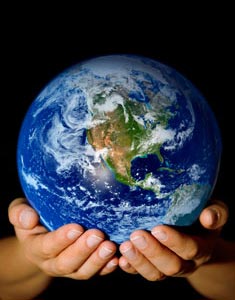
My writings - and those of others.
Where are We?
As we now apparently are on the verge of space tourism as a future industry, there is more talk of space - why we want to enter it, how much will its cost increase the sense of difference between the billionaires and the rest of us, whether we have just found a new place to pollute. There are larger questions which few are asking or responding to.
Enter Mary Evelyn Tucker who responds to a different question at the Center for Humans and Nature. It poses some of the real questions for our time and invites others to respond.
Tucker starts by noting that evolution is new in the scheme of things - only 160 years old and not something we think about as a concept. We think of the universe as something stable and find it hard to imagine it as expanding. That’s a challenge. She notes that most of the findings of cosmology, biology and humans was not known to our grandparents or even our parents. I grew up thinking that the milky way was the limit. Modern science tells me that the universe is a developing 14 billion year journey and two trillion galaxies exist. But this story has been laced with facts rather than with a poetic sense of wonder.
Science and religion have split as studies, and many have abandoned both in a world using shopping and entertainment to find meaning. Tucker outlines how hard it was for the church to accept a change in the solar system, where humans were no longer the centre of the universe. While scriptural literalism is decried, its creation story is still the one that is fixed in our western worldview. What Tucker suggests is a need for a change of context. She details the experience of mediaeval scientists and their suppression and goes on to outline the experience of modern ones like Einstein, who notes his most serious mistake in not recognizing an expanding universe.
Where does this leave us? She proposes that we see ourselves as situated not just in the world, but in the universe and as part of its expanding diversity - with the gift of consciousness and ability to reflect, not as the pinnacle with the right to exploit it, but as part of its creation with potential. She ends:
“. . .we need an integrated cosmology where science and story are interwoven, where facts and values are braided. As Einstein said: “Science without religion is lame; religion without science is blind.”
The braid is a good metaphor as she reminds us that indigenous people have always understood the cosmos in an intimate way. Read this article - but also read Braiding Sweetgrass.


